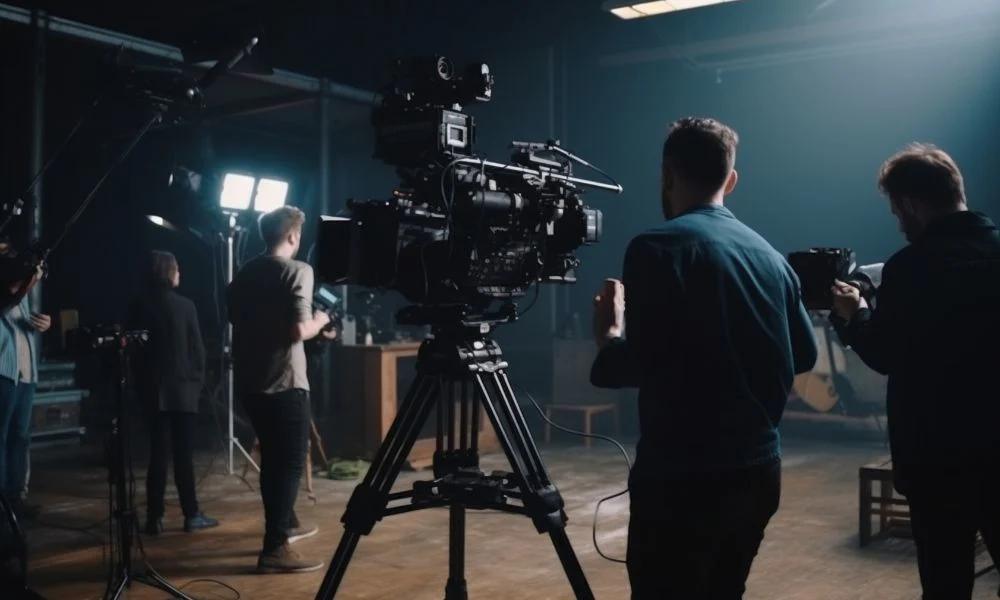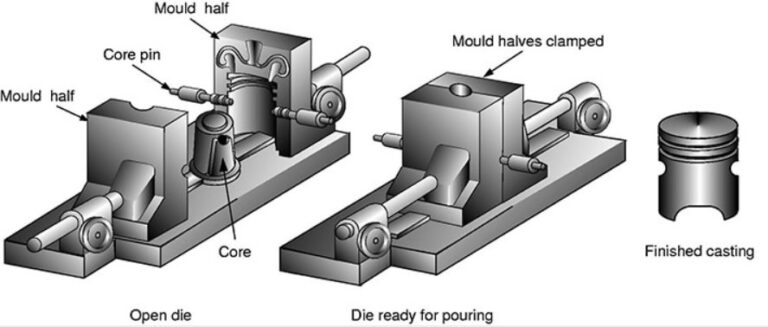The Role of Lighting in Cinematic Video Production

Contents
- Introduction
- Evolution of Lighting in Film Industry
- Fundamentals of Cinematic Lighting
- Types of Lighting Techniques
- Impact of Lighting on Mood and Atmosphere
- Challenges and Solutions in Lighting for Video Production
- Role of Lighting in Different Video Genres
- Professional Video Production Services
- The Art of Lighting in Cinematography
- Technological Innovations in Lighting Equipment
- Practical Tips for Effective Lighting
- Trends in Video Production Lighting
- Future Outlook of Lighting in Video Production
- Conclusion
Introduction
In the ever-evolving landscape of video production, where storytelling is visualized, lighting takes center stage as the unsung hero. Its significance in cinematic video production goes beyond mere visibility; it is an art that shapes emotions, conveys mood, and enhances the overall impact of a narrative. This article delves into the multifaceted role of lighting in cinematic video production, exploring its evolution, fundamental principles, types of techniques, and its impact on different video genres.
Evolution of Lighting in Film Industry
The journey of lighting in the film industry is a fascinating narrative in itself. From the silent era’s dramatic use of shadows to the era of high-definition cinematography, lighting has evolved hand in hand with technological advancements. The transition from incandescent bulbs to advanced LED technology has not only improved visibility but has also broadened the creative possibilities for filmmakers.
Fundamentals of Cinematic Lighting
To master the art of cinematic lighting, one must grasp its fundamentals. The three-point lighting system, consisting of key, fill, and backlight, remains a cornerstone in creating visually compelling scenes. Understanding the interplay of light and shadow is crucial for filmmakers to achieve the desired visual aesthetics.
Types of Lighting Techniques
Cinematic lighting techniques can be broadly categorized into two main types: natural lighting and artificial lighting.
- Natural Lighting:
- Definition: Natural lighting harnesses the ambient light available in the environment.
- Purpose: It provides authenticity to the scenes.
- Artificial Lighting:
- Range: Artificial lighting includes a spectrum from spotlights to diffused lighting.
- Control: Filmmakers have precise control over visual elements with artificial lighting.
- Benefits: This allows for creative expression and emphasis on specific details within the scenes.
Impact of Lighting on Mood and Atmosphere
One of the most powerful aspects of cinematic lighting is its ability to influence the emotional tone of a video. Warm tones can evoke feelings of intimacy and nostalgia, while cooler tones may create a sense of detachment or suspense. Case studies of successful films demonstrate how strategic lighting choices can elevate storytelling by effectively setting the mood and atmosphere.
Challenges and Solutions in Lighting for Video Production
- Challenges Faced:
- Unpredictable weather conditions can disrupt planned outdoor shoots.
- Tight budgets may limit access to high-end lighting equipment and resources.
- Specific lighting setups, crucial for certain scenes, can be logistically challenging to implement.
- Innovative Solutions:
- Utilization of reflectors to redirect and enhance natural or artificial light sources.
- Deployment of diffusers to soften and spread light, reducing harsh shadows.
- Integration of portable lighting equipment for flexibility in various shooting locations.
- Overcoming Challenges:
- Despite unpredictable weather, filmmakers can adapt by using portable solutions that can be adjusted on the go.
- Budget constraints are mitigated through the creative use of cost-effective tools like reflectors and diffusers.
- Logistical challenges associated with specific setups are addressed through the portability and adaptability of modern lighting equipment.
Role of Lighting in Different Video Genres
Different video genres demand unique approaches to lighting. In film production, where storytelling is often nuanced and intricate, lighting plays a pivotal role in conveying the director’s vision. Corporate videos require a balance between professionalism and creativity, achieved through well-thought-out lighting setups. Promotional videos thrive on attention-grabbing visuals, and animation videos come to life with carefully crafted lighting that enhances the vibrancy of animated characters.
Professional Video Production Services
Recognizing the critical role of lighting, professional video production services invest in skilled cinematographers and cutting-edge lighting equipment. These services not only ensure technical precision but also bring a level of creativity that distinguishes professional productions from amateur ones. Hiring professionals becomes essential for projects that demand a high level of visual sophistication.
The Art of Lighting in Cinematography
Cinematographers consider lighting as an art form. They skillfully manipulate light to convey emotions, highlight focal points, and create a visual narrative that complements the storytelling. Studying the perspectives of acclaimed cinematographers and analyzing iconic lighting moments in cinematic history provides valuable insights into the artistic choices behind the lens.
Technological Innovations in Lighting Equipment
The technological landscape has significantly influenced lighting in video production. Advanced lighting equipment, such as LED panels and smart lighting solutions, offers not only enhanced efficiency but also opens up new possibilities for creative expression. The integration of technology into lighting setups contributes to the ever-evolving visual language of cinematic storytelling.
Practical Tips for Effective Lighting
For indie filmmakers with limited resources, achieving effective lighting may seem challenging. However, practical tips and budget-friendly strategies can make a significant difference. From utilizing natural light to creating DIY lighting setups, indie filmmakers can optimize their resources and still produce visually compelling videos.
Trends in Video Production Lighting
Staying abreast of trends in video production lighting is crucial for filmmakers who aim to remain at the forefront of the industry. Emerging trends include advancements in color grading techniques, the integration of augmented reality into lighting setups, and the development of AI-driven solutions that enhance the overall visual experience.
Future Outlook of Lighting in Video Production
As technology continues to advance, the future of lighting in video production holds exciting prospects. Predictions include the integration of virtual reality into lighting setups, the development of AI-driven solutions that adapt to the mood of a scene in real-time, and further enhancements in visual storytelling capabilities. Staying informed about these developments ensures that filmmakers are well-prepared for the next wave of innovation.
Conclusion
In conclusion, lighting is not merely a technical aspect of cinematic video production; it is an art that shapes narratives, evokes emotions, and defines the visual language of storytelling. From its historical evolution to the current technological era, lighting stands as an indispensable element in the filmmaker’s toolkit. Whether creating a moody scene in a film or a vibrant promotional video, understanding and leveraging the power of lighting is essential for crafting compelling and impactful visual stories.




